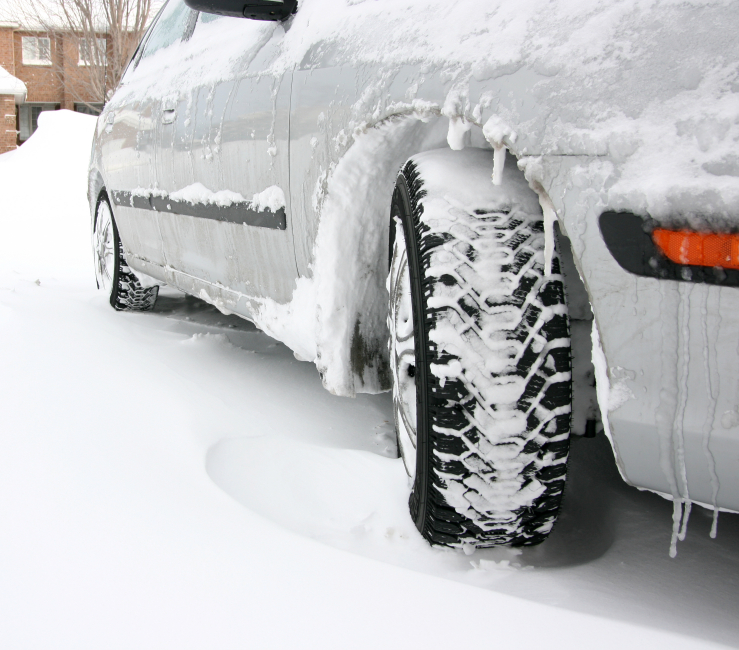AARP Hearing Center

In Massachusetts we’re dealing with yet another winter storm and all the requisite messiness. We’re also dealing with snow, sleet, and overall slippery conditions on our roadways. And we're dealing with city and state highway department snow plows barreling beside us on the highways, something that can shake even the savviest winter driver.
Do you know the best ways to drive in the snow? Perhaps it’s a good time for a refresher, courtesy of AARP’s Driver Safety Program. Check out these winter-safety driving tips:
- BEFORE you get into your car — but hopefully you’ve done this already — winterize your vehicle, making sure your brakes, windshield wipers, defroster, headlights and heater are all working properly.
- Stop gently to avoid skidding. If your wheels start to lock up, ease off the brake.
Think you’re a terrific driver?
Test your know-how by taking our Smart Driver Quiz!
- Turn on your headlights to increase your visibility to other motorists, and keep your lights clean and free of ice or debris.
- In unfavorable driving conditions, reduce your speed and increase the distance between your car and the one in front of you. Remember that it takes more time to stop on icy roads.
- Stay alert. Look ahead to give yourself more time to react safely to situations without suddenly braking or skidding.
- Before driving, clear snow and ice from your vehicle's hood, windows and roof.
- Use snow or all-season tires or chains for better traction and smoother slowing. But remember that regardless of the tires you use, no tire allows you to drive on snow or ice at normal speeds.
- Take extra precautions on bridges, overpasses and shaded areas, which can freeze first and remain icy longer than roadways do. A road on which ice and snow are completely frozen is pretty slippery, even though it provides more traction than a road with melting ice.
- In wet driving conditions avoid driving faster than the windshield wipers can clear water from the windshield. Make sure your wiper blades are in good shape and replace them yearly.
- Equip your car with emergency supplies, such as a blanket, food, water, spare fuses, a flashlight with batteries, an ice scraper, flares and a first-aid kit.
Driving Safely Near Snow Plows
Motorists should also remember the importance of driving safety near highway snow plows. These tips are from the Mass DOT blog (Department of Transportation):
“Remember that the road in front of the plow is usually in much worse condition than the roadway behind the plow. Plows will typically travel under 35 miles per hour and there is always a temptation to pass them. For your safety, it is recommended that you stay a safe distance behind the snowplows."
- During plowing operations, visibility can be reduced by blowing snow and plow operators may need time to stop or move over to avoid stranded vehicles. Keeping a safe distance between your vehicle and the plow is very important in order to avoid accidents.
- Allow plenty of room when passing a snowplow. Do not cut back into the lane ahead of the plow too quickly since the blade extends several feet ahead of the truck. Some snowplows are equipped with a “wing plow,” a 10-12 foot extension off the side of the truck. Be aware that the hazard exists.
- When you see an approaching snow plow on an undivided roadway, move as far away from the center line as you safely can since blowing snow may obscure the actual width of the snowplow’s blade.
For a printable list of winter driving tips, check out this list (pdf) from Click and Clack (aka Ray and Tom), the Tappet Brothers from Car Talk
For more information on general driving safety, look into AARP’s Driver Safety courses.































































